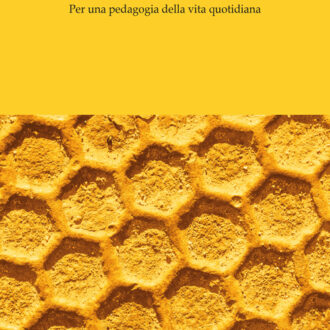ABSTRACT
This essay explores one of the few texts for children that featured rat protagonists in the mid-Victorian period, Charlotte Maria Tucker’s Rambles of a Rat (1857). Tucker’s book is worth looking at for a number of reasons: in the first place, for the very choice of rats as positive characters. Victorian children’s literature often used animals to teach moral lessons, in particular by increasingly addressing anti-cruelty concerns. Children’s books, however, mostly featured domestic species; Tucker’s choice to focus on a wild animal that was generally seen as neither useful nor innocent is therefore an intriguing (and rather daring) one.
Even more so, as she declares in the introduction that her aim is to present a more balanced and scientifically ‘accurate’ image of the much-despised rodent, re-elaborating the information she found in an article recently published in the Quarterly Review. Yet, in the course of Tucker’s story this rather straightforward purpose merges with another goal, and the text soon moves far beyond the mere fictional transposition of rat biology and habits, as rats are also used to discuss her most compelling concern: the issue of the urban poor. Thus, the animal characters are meant to ‘faithfully’ represent their species, but also human types.
The essay investigates the way in which Tucker tries to balance her two goals while engaging with current assumptions and stereotypes about both rats and destitute humans. In particular, I will discuss how she handles resonant associations between poverty, dirt and criminality by using her rodent community as a touchstone for the human one. But she also discusses and problematizes the relation between the two species, including an attempt to consider the issue of pest control from the rats’ perspective – an approach by no means common at the time.
La children’s literature vittoriana presenta numerosi esempi di personaggi animali, spesso appartenenti a specie domestiche e utilizzati a fini didattici (rappresentati quindi come amici, aiutanti, servitori, o come vittime di maltrattamenti ingiusti da parte di umani insensibili e violenti). Charlotte Maria Tucker, nel suo Rambles of a Rat (1857), sceglie invece come protagonisti alcuni ratti, proprio al fine di dissipare pregiudizi e credenze popolari su una specie particolarmente disprezzata. Fin dall’introduzione l’autrice dichiara infatti di voler offrire una rappresentazione scientificamente accurata della vita e delle abitudini dei roditori urbani, rielaborando le informazioni contenute in un articolo uscito sulla Quarterly Review. Tuttavia, nel corso della narrazione, questo proposito si confonde con un ulteriore scopo, facendo dei ratti-protagonisti uno strumento per discutere il problema della povertà. Gli animali sono dunque utilizzati per due finalità differenti e non sempre conciliabili: da un lato, illustrano aspetti della biologia e del ‘carattere’ della propria specie; dall’altro, diventano termine di paragone per categorie di umani.
L’articolo indaga il modo in cui Charlotte Tucker discute la connessione – molto diffusa in epoca vittoriana – tra povertà, criminalità e sporcizia, usando la comunità di roditori per esaminare quella umana. Ma l’autrice considera anche i rapporti tra le due specie, in un tentativo di osservare il problema della derattizzazione dal punto di vista dei roditori – un approccio per nulla comune all’epoca.












Recensioni
Ancora non ci sono recensioni.